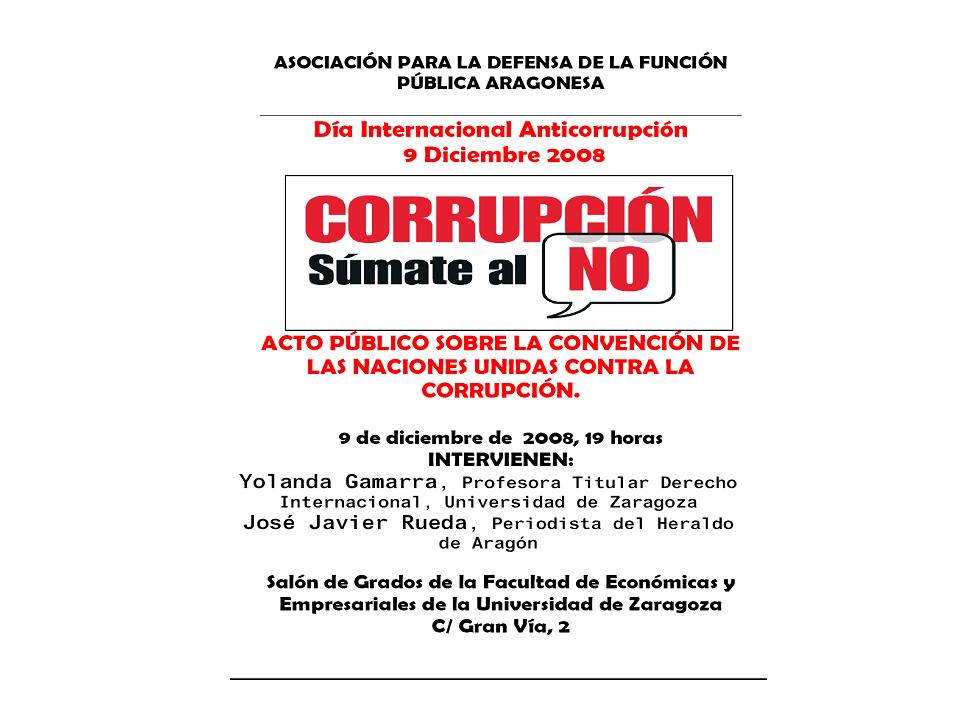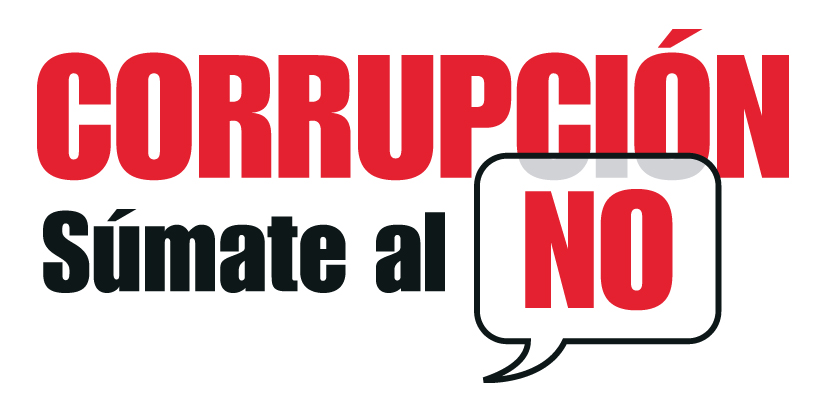Like the battle of Waterloo, the battle for Scotland was a damn close-run thing. The effects of Thursday’s no vote are enormous – though not as massive as the consequences of a yes would have been.
The vote against independence means, above all, that the 307-year Union survives. It therefore means that the UK remains a G7 economic power and a member of the UN security council. It means Scotland will get more devolution. It means David Cameron will not be forced out. It means any Ed Miliband-led government elected next May has the chance to serve a full term, not find itself without a majority in 2016, when the Scots would have left. It means the pollsters got it right, Madrid will sleep a little more easily, and it means the banks will open on Friday morning as usual.
But the battlefield is still full of resonant lessons. The win, though close, was decisive. It looks like a 54%-46% or thereabouts. That’s not as good as it looked like being a couple of months ago. But it’s a lot more decisive than the recent polls had hinted. Second, it was women who saved the union. In the polls, men were decisively in favour of yes. The yes campaign was in some sense a guy thing. Men wanted to make a break with the Scotland they inhabit. Women didn’t. Third, this was to a significant degree a class vote too. Richer Scotland stuck with the union — so no did very well in a lot of traditonal SNP areas. Poorer Scotland, Labour Scotland, slipped towards yes, handing Glasgow, Dundee and North Lanarkshire to the independence camp. Gordon Brown stopped the slippage from becoming a rout, perhaps, but the questions for Labour — and for left politics more broadly — are profound.
For Scots, the no vote means relief for some, despair for others, both on the grand scale. For those who dreamed that a yes vote would take Scots on a journey to a land of milk, oil and honey, the mood this morning will be grim. Something that thousands of Scots wanted to be wonderful or merely just to witness has disappeared. The anticlimax will be cruel and crushing. For others, the majority, there will be thankfulness above all but uneasiness too. Thursday’s vote exposed a Scotland divided down the middle and against itself. Healing that hurt will not be easy or quick. It’s time to put away all flags.
The immediate political question now suddenly moves to London. Gordon Brown promised last week that work will start on Friday on drawing up the terms of a new devolution settlement. That may be a promise too far after the red-eyed adrenalin-pumping exhaustion of the past few days. But the deal needs to be on the table by the end of next month. It will not be easy to reconcile all the interests – Scots, English, Welsh, Northern Irish and local. But it is an epochal opportunity. The plan, like the banks, is too big to fail.
Alex Salmond and the SNP are not going anywhere. They will still govern Scotland until 2016. There will be speculation about Salmond’s position, and the SNP will need to decide whether to run in 2016 on a second referendum pledge. More immediately, the SNP will have to decide whether to go all-out win to more Westminster seats in the 2015 general election, in order to hold the next government’s feet to the fire over the promised devo-max settlement. Independence campaigners will feel gutted this morning. But they came within a whisker of ending the United Kingdom on Thursday. One day, perhaps soon, they will surely be back.
(Artículo de Martin Kettle, publicado en "The Guardian" el 19 de septiembre de 2014)




4 comentarios:
Aragón tiene mil funcionarios más que antes de la crisis económica.
epa
La crisis económica trajo recortes en los servicios, carencias en cuanto a inversiones públicas, recortes salariales y de derechos a la función pública y congelación de plantillas a la Administración. Nada podría indicar que hoy, ocho años después de que comenzara y sin que haya indicadores que garanticen que se haya superado, en la comunidad autónoma habría mil trabajadores más empleados por el Gobierno central, la comunidad autónoma y los ayuntamientos. Aunque los datos oficiales en realidad apuntan que es la DGA la que, con 3.300 puestos de trabajo nuevos, compensan un descenso de otros 2.300 en las plantillas municipales y de la Administración estatal.
En el 2009, según los datos oficiales del Ministerio de Administraciones Públicas, había en Aragón 89.191 empleados públicos, hoy son 90.143. Un crecimiento que es mayor en el último año, cuando se contabilizaban 87.376, con casi 2.000 puestos de trabajo destruidos en las administraciones. Así que son 2.800 más creados en el último ejercicio.
Desglosando la evolución por cada una de ellas se descubre que el Estado partía en los inicios de la crisis con 23.332 trabajadores, que el año pasado tenía 22.321 y que en el último año aún lo ha reducido más, casi un centenar menos, al tener ahora 22.228. Los ayuntamientos aragoneses, por su parte, hace siete años contaban con 18.721 empleados, el 2015 tenían 17.544, y este año alcanzan los 17.557, apenas trece más en el cómputo global tras haber dejado en el camino a casi 1.200 puestos.
epa
2200 notas ... un esfuerzo titánico pero alimentado por un compromiso inquebrantable en el Estado de Derecho. Enhorabuena, sois espejo en el que mirarse. Mientras otros nos refugiamos en lugares comunes, vosotros con tanta eficacia como perseverancia, nos demostráis que sí que es posible contribuir a hacer más justo este mundo ... empezando por lo más cercano, la Administración que nos gobierna.
2200 notas empujando el mundo, queriéndolo hacer progresar. Sois ejemplo en el que mirarse y medirse. ¡Gracias!
Hola. Enhorabuena por el trabajo y el conocimiento que aqui habéis reunido. Pero ¿por favor hay alguna manera de buscar por temas, palabras clave o de alguna manera entre tantas notas? Es un mar de información de mucho interés desaprovechado....
Gracias
Publicar un comentario